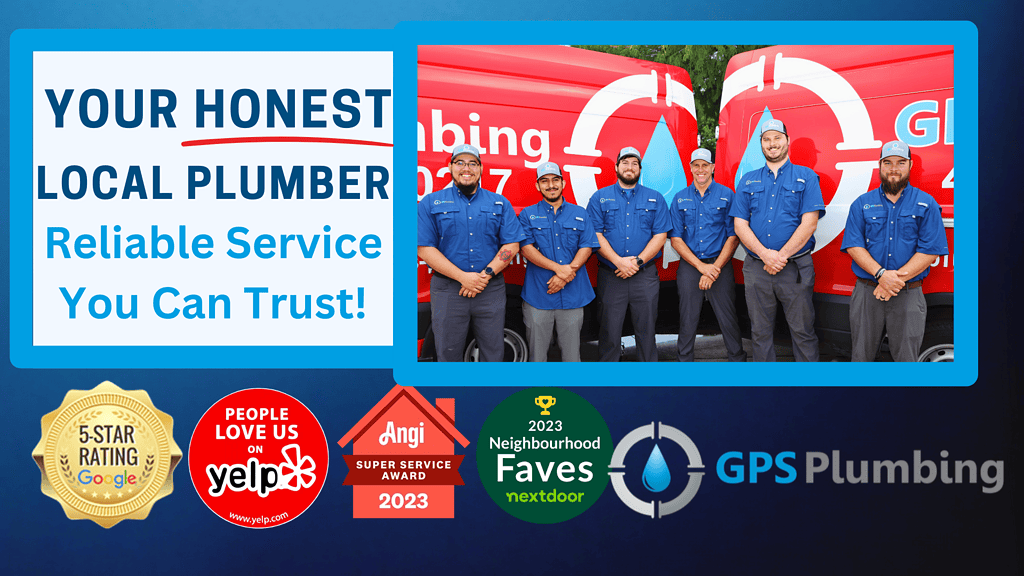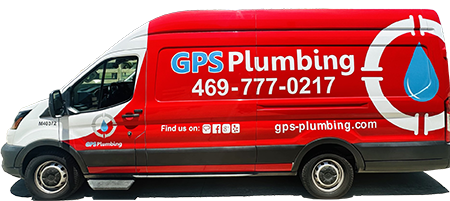
Just as high blood pressure can silently harm your health, high water pressure can silently damage your home’s plumbing system. Both require attention and regulation to avoid serious consequences. One of the most effective ways to protect your plumbing from the risks of high water pressure is by installing a Pressure Reducing Valve (PRV). A PRV regulates the water pressure entering your home, reducing excessive pressure to a manageable level and safeguarding your pipes, water heater, and other plumbing fixtures from damage. This essential component can save you from costly repairs and extend the life of your plumbing fixtures. In this guide, we’ll explore the importance of a PRV, how it works, and why it’s a must-have for homeowners, especially in areas with fluctuating water pressure like Frisco, Plano, McKinney, Prosper, and Allen, Texas.
The Importance of Regulating Water Pressure
High water pressure can lead to a variety of problems, including leaks, burst pipes, and premature wear and tear on appliances. A Pressure Reducing Valve (PRV) helps manage this by ensuring that the water pressure in your home remains at a safe and consistent level. Learn more about water pressure regulation.
What is a Pressure Reducing Valve (PRV)?
A Pressure Reducing Valve (PRV) is an essential component installed in your plumbing system to control and stabilize the water pressure entering your home. Typically placed on the main water line near the water meter, a PRV uses a spring-loaded diaphragm to adjust the pressure automatically, reducing high incoming pressure to a safer level, usually between 50 to 75 PSI.
By regulating excessive pressure, the PRV protects your pipes, water heater, and other fixtures from damage like leaks, bursts, and premature wear. It also helps prevent issues such as water hammer, which causes banging noises in your pipes. Maintaining proper water pressure not only safeguards your plumbing but also conserves water and reduces utility costs. PRVs are particularly beneficial in areas with fluctuating water pressures or where high pressure is common, such as homes at lower elevations.
For detailed information on how PRVs work and their benefits, for more details on PRVs, visit the EPA’s Guide on Water Pressure.
Signs You Need a Pressure Reducing Valve (PRV) Installed
- High Water Pressure: If your water pressure consistently reads above 80 PSI, it’s time to consider installing a PRV. Use a pressure gauge to measure your home’s water pressure.
- Leaking Faucets or Pipes: High water pressure can cause persistent leaks in faucets and pipes. Frequent leaks might indicate that your system’s pressure is too high.
- Frequent Appliance Repairs: High water pressure can damage appliances like water heaters, dishwashers, and washing machines, causing them to require frequent repairs.
- Noisy Pipes (Water Hammer): Loud banging noises in your pipes when you turn off a faucet are a sign of high water pressure and indicate the need for a PRV.
- Low Water Pressure: If you’re experiencing low water pressure, a malfunctioning PRV or incorrect settings could be the cause. GPS Plumbing can adjust or replace the PRV to restore optimal pressure.
The Lifespan of a PRV Valve: When to Replace It
PRV valves typically need to be replaced every 6-10 years. Over time, the internal components of the valve can wear out, leading to reduced effectiveness. Regular inspection and timely replacement of your PRV valve are essential to maintaining a healthy plumbing system and avoiding damage from high water pressure.
Maintaining Your PRV Valve for Optimal Performance
Once installed, a PRV valve requires minimal maintenance, similar to routine health check-ups. It’s important to have it inspected periodically to ensure it’s functioning correctly and adjusted if necessary. Additionally, remember to replace your PRV valve approximately every 6-10 years to maintain the safety and efficiency of your plumbing system.
Installing a PRV Valve: A Prescription for Healthy Plumbing
Just like how you’d consult a doctor for a health issue, you should consult a professional plumber for your home’s plumbing needs. At GPS Plumbing, we specialize in installing PRV valves that keep your water pressure at a safe, manageable level—much like how proper medication can keep your blood pressure in check. Our expert team will assess your current water pressure, recommend the right PRV valve, and ensure it’s installed correctly. Proper installation is crucial for the PRV valve to function effectively and protect your plumbing system. Explore GPS Plumbing Services.
Why Choose GPS Plumbing?
At GPS Plumbing, we understand that maintaining a healthy plumbing system is just as important as maintaining your health. Serving Frisco, Plano, McKinney, Prosper, and Allen, Texas, we pride ourselves on providing top-notch plumbing services tailored to the specific needs of North Texas homes. Our team of certified plumbers is experienced in installing and maintaining PRV valves, ensuring your home is protected from the dangers of high water pressure.

The Last Line of Defense: Why a PRV Is Critical for Your Plumbing
Just as you wouldn’t ignore high blood pressure, you shouldn’t ignore high water pressure in your home. A Pressure Reducing Valve (PRV) is a small but crucial component that plays a significant role in protecting your plumbing system from the silent damage of excessive pressure. By regulating the water pressure in your home, a PRV valve helps prevent costly damage, extends the life of your appliances, and ensures your home is safe and up to code. Remember, a PRV valve should be inspected regularly and replaced approximately every 6-10 years to ensure continued protection. Explore these water pressure tips to help maintain optimal water flow and protect your plumbing system. Also check out common causes of low water pressure and how to fix them.

